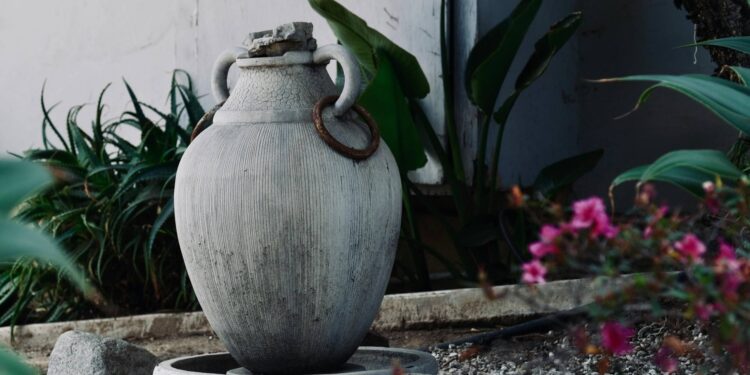The bereavement sector has made significant advancements, leveraging cutting-edge technological advancements to assist countless individuals in their time of mourning. One of the most captivating and encouraging innovations in this field is the introduction of 3D-printed urns.
What makes 3D-printed urns such an intriguing innovation? What are the future prospects for this technology?
The Fundamentals of 3D Printed Urns
If you are not acquainted with 3D printing technology, it’s an evolution of traditional printing. Instead of merely transferring ink onto a flat surface, intricately designed machines can utilize various materials (predominantly plastics) to produce detailed three-dimensional forms that are crafted from the ground up. While the notion of 3D printing has existed for many years, its potential and diverse applications have notably surged in recent years.
Different types of 3D printers function in varied manners and can handle different materials, but generally, these devices manufacture models layer by layer as originally conceived. This is why the term additive manufacturing is often associated with this technique.
3D-printed urns make full use of this groundbreaking manufacturing process, and many funeral service providers have started incorporating it into their offerings.
According to Susan Fraser from In The Light Urns, “With over a decade of expertise in crafting and designing 3D printed urns, we appreciate that fabricating these personalized cremation urns transcends mere production; it is a deeply personal journey. Each phase, from initial concept to the final print, demands dedication and teamwork, resulting in an unparalleled tribute that offers enduring solace to families through the years.”
Typically, these providers present a broad assortment of urn options for customers to select from. More importantly, they empower individuals to design and personalize their own urns uniquely.
During this creative process, clients usually collaborate closely with artists and designers to refine their vision into a professional-looking final product suitable for 3D printing. Once the digital design meets the customer’s satisfaction, it is dispatched to the 3D printer, which takes several days to weeks for production.
It’s essential to note that crafting customized 3D-printed urns is labor- and resource-intensive. Talented artists and designers dedicate considerable effort to perfecting every detail, meaning larger and more intricate pieces may require weeks to complete. Moreover, the costs associated with customizing a 3D-printed urn reflect the considerable time and effort involved, which might not suit every family’s budget.
Following this process, the client receives a stunning 3D-printed memorial that they can use in their own way.
Why Individuals Appreciate 3D Printed Urns
What drives people’s fascination with 3D-printed urns?
There are several compelling reasons:
- Increased accessibility. Firstly, 3D printing is becoming more accessible and commonplace. As this manufacturing technique gains traction, more businesses are adopting it (and finding inventive uses for it). Once limited to niche markets, products and services utilizing 3D printing are gradually entering the mainstream.
- Endless possibilities. A skilled designer along with a professional 3D printing facility can fabricate nearly anything imagined. This means that the creations of urns can be virtually limitless. Mourners no longer have to settle for generic options; instead, they can design and cherish something completely exceptional. Your final product will be a unique piece of artistry.
- Personal expression. This also presents an opportunity to express personal creativity. If a specific motif or concept embodies the individual, it can be incorporated into the 3D urn’s design. If you enjoy experimenting creatively, you have the ability to transform the urn into a stunning artistic representation that the departed would have appreciated.
- Collaboration with experts. If this process seems daunting to you, fear not. You don’t have to handle everything alone. Many individuals benefit from collaborating with experienced in-house designers. By exchanging ideas with a professional, you can achieve a superior end product.
The Companies Advancing 3D Printing
If you’re in search of a company skilled in creating the ideal 3D-printed urn for your beloved, consider the following:
- The company. Research the company itself. What range of products and services do they provide? What is their reputation?
- The process. If you order a 3D-printed urn from them, what does the process entail? How much creative control do you hold? Are professional designers accessible to you as well?
- The quality of work. Can you access examples of the past creations from this company? What sort of quality assurance measures do they implement?
- The pricing. You should also weigh the costs. How do these 3D-printed urns price compared to similar items from other vendors? How do they measure against traditional memorial urns?
- Customer feedback. What insights do previous clients offer regarding their experience with this business and its products?
3D-printed urns are here to stay. In fact, their popularity is poised to rise further as awareness increases regarding their remarkable benefits, and as newer technologies expand the horizons of what can be achieved.


